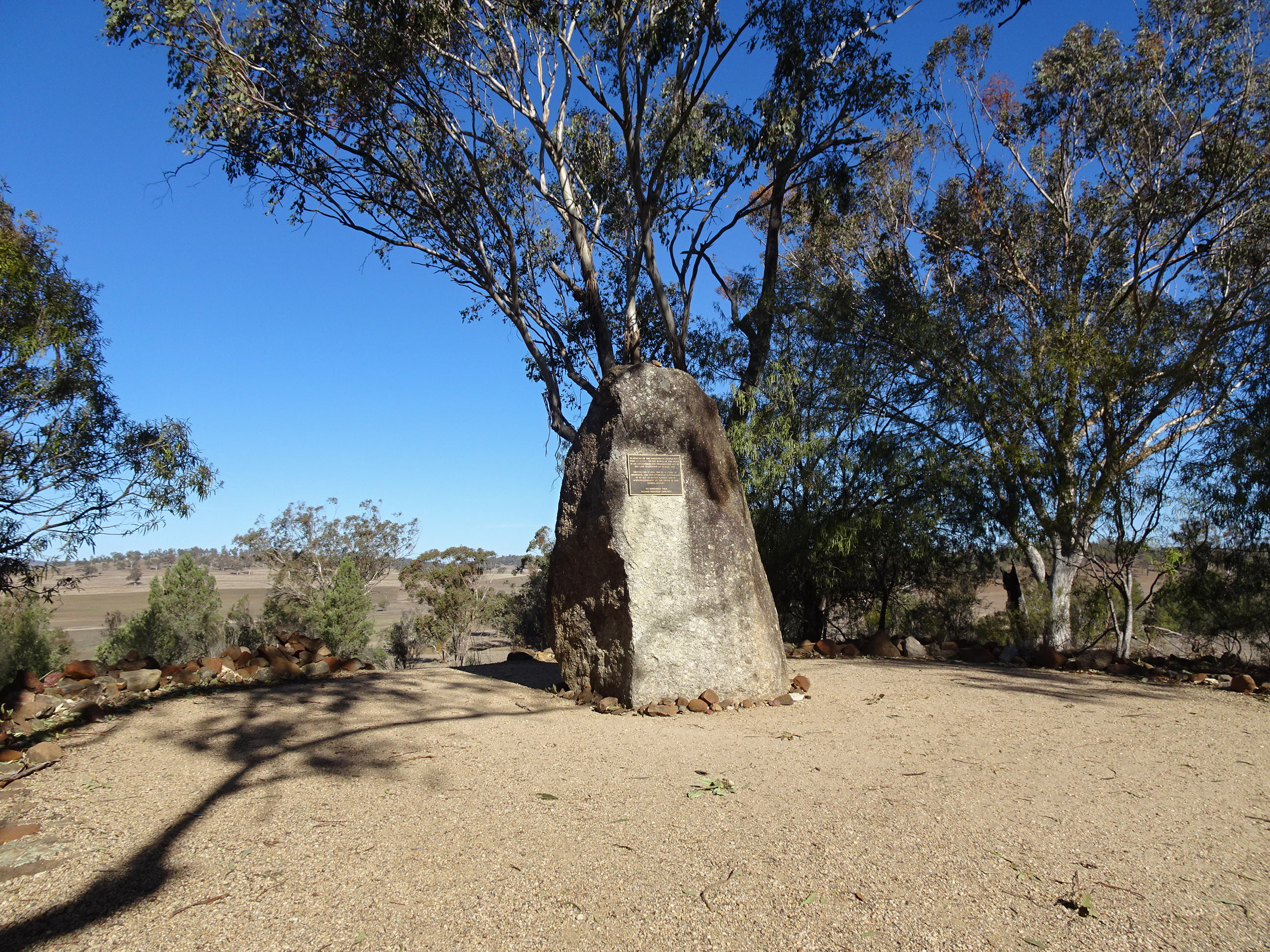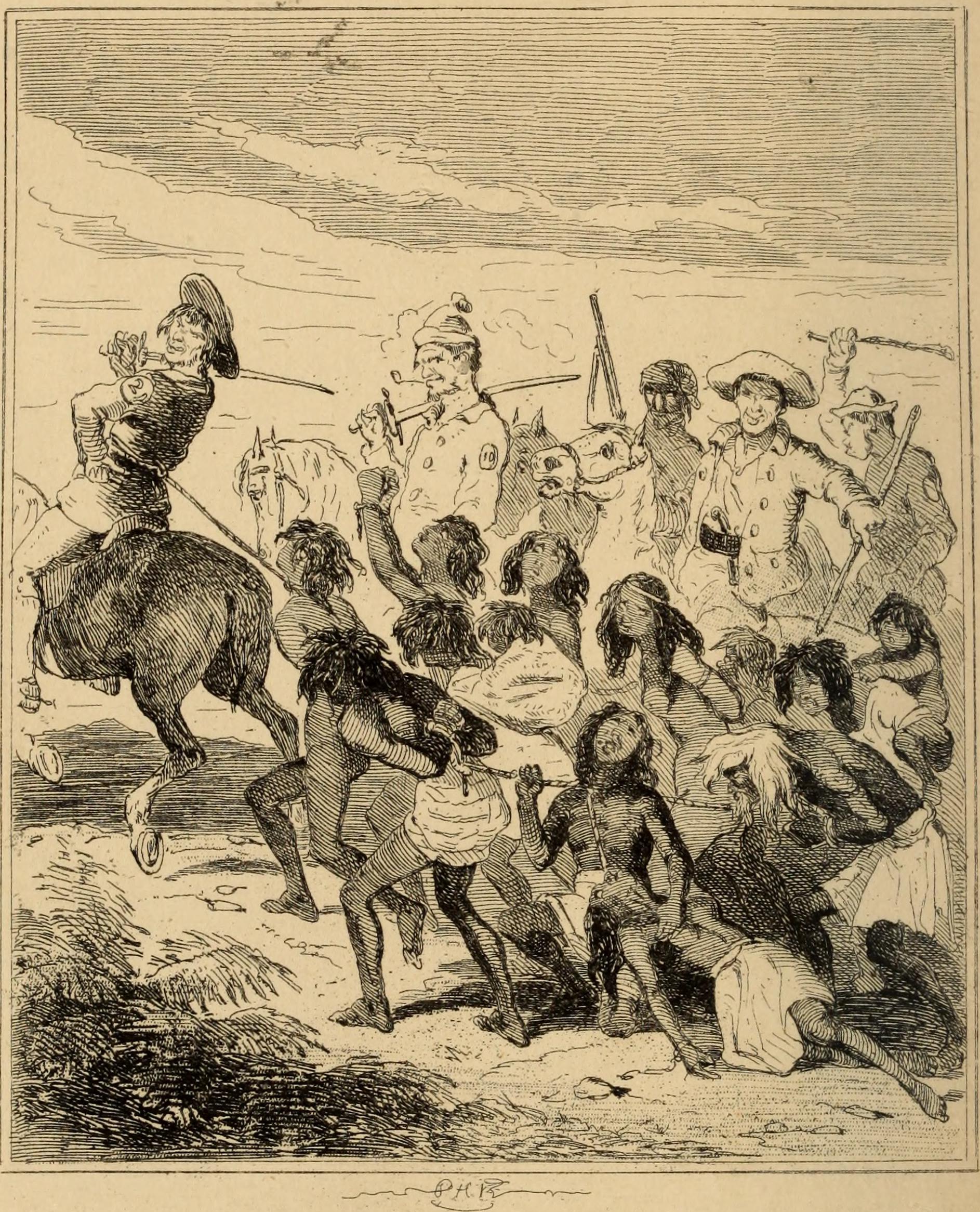Myall Creek Massacre was an 1838 incident in which European cattle workers killed about 28 Australian Aboriginal men, women, and children. The massacre took place at a Myall Creek farm, near Inverell in the British colony of New South Wales (now the Australian state of New South Wales). After two trials, seven white men were hanged for the murders. 
Background.
British settlers began arriving in Australia in 1788. The first settlers were convicts and guards. Free settlers soon followed. The growing European settlements took land that had long been home to Aboriginal people. Competition for land and resources often led to violence between the Europeans and Aboriginal groups.

In 1837, Henry Dangar, a free settler, established a cattle station (large farm) at Myall Creek. The station was managed by William Hobbs. George Anderson and Charles Kilmeister, both convicts, also worked there. In late May 1838, a group of about 40 or 50 Aboriginal people arrived and camped peacefully on the station.
The massacre.
On June 10, 1838, Hobbs was away on business. That morning, 10 men from the Aboriginal group went to work at a nearby station. While they were gone, a free settler named John Fleming arrived at the Myall Creek station with 10 convicts and ex-convicts. Fleming and his men accused the Aboriginal people at Myall Creek of stealing and killing their cattle. The men told Anderson that they were going to take the people out to the back of the ranch and scare them. Instead, Fleming’s group, joined by Kilmeister, killed about 28 Aboriginal men, women, and children.

Anderson reported the incident to Hobbs. Hobbs and another local settler informed local magistrate (government official) Edward Denny Day and Sir George Gipps, the governor of New South Wales. Gipps then sent Day and some police to the Myall Creek station to investigate. Day captured 11 of the 12 suspected murderers. Only Fleming escaped.
The trials.
On November 15, the 11 accused men were tried before the New South Wales Supreme Court. They were specifically charged with killing an Aboriginal man known as “Daddy” and another unknown Aboriginal person. The jury acquitted all 11 men.
Many Europeans at that time believed that white people should not be put on trial for killing Aboriginal people. One juror later said that he knew that the men were guilty. However, he would not consent to hanging a white man for killing a “black” man.
Gipps then ordered seven of the men to be tried for the murder of an Aboriginal child known as “Charley.” This time, the accused were found guilty and sentenced to death. On December 18, the seven men were hanged. The other four men were not retried and were released in 1839. John Fleming was never captured.
See also Aboriginal peoples of Australia; Australia, History of; Colonial life in Australia and New Zealand; Gipps, Sir George.
